Some letters in the alphabet bring a quiet kind of magic to the kitchen, and E is one of them. From the warmth of earthy spices like Ethiopian berbere blends to the soft fragrance of herbs like elderflower, these ingredients don’t just season our food—they enrich the way we cook, gather, and share. They’re the hidden notes in a melody, the details that make a dish sing.
In this guide, we’ll explore the spices, seasonings, and herbs that begin with E, looking at where they come from, how they taste, and why they’ve earned a place in kitchens around the world. Some will feel familiar, others may surprise you—but each has its own story and its own way of turning a simple meal into something memorable.
Spices that Start with E
1. Epazote (as a dried spice)
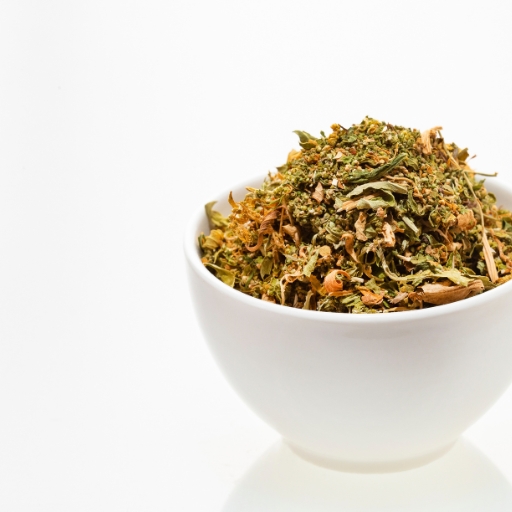
- Origin & History: Native to Central and South America; used in Aztec and Mayan cooking.
- Appearance: Dried green leaves or crushed powder.
- Taste & Aroma: Strong, pungent, medicinal with hints of oregano and anise.
- Culinary Uses: Seasoning beans, soups, and stews in Mexican cuisine.
- Health Benefits: Reduces bloating caused by beans and aids digestion.
- Fun Fact: The name comes from the Nahuatl word epazōtl, meaning “skunk herb.”
2. Ethiopian Berbere (as a spice blend)
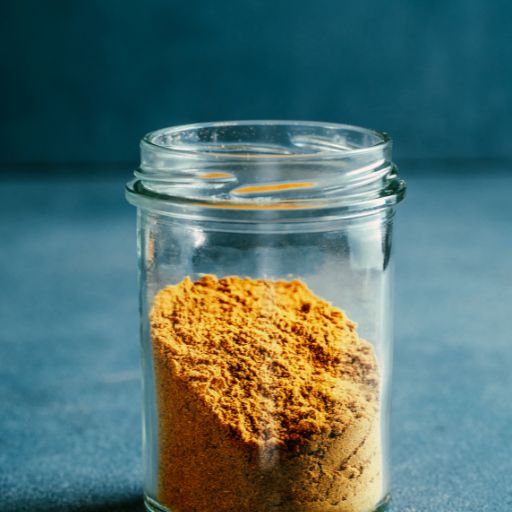
- Origin & History: Staple in Ethiopian and Eritrean cuisine for centuries.
- Appearance: Bright red powder made from chilies, ginger, garlic, fenugreek, and spices.
- Taste & Aroma: Spicy, earthy, aromatic.
- Culinary Uses: Used in wat stews, lentil dishes, and grilled meats.
- Health Benefits: Rich in antioxidants, supports heart health.
- Fun Fact: Every family makes its own unique version, often passed down for generations.
3. Escamol Seasoning (Ant Larvae, Traditional Mexican Spice)
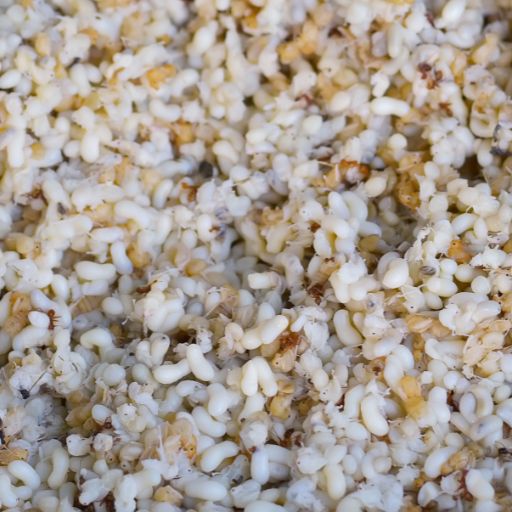
- Origin & History: Known as “insect caviar,” harvested in Central Mexico since pre-Hispanic times.
- Appearance: White ant larvae, sometimes dried or roasted.
- Taste & Aroma: Nutty, buttery, earthy.
- Culinary Uses: Ground into sauces, used as a unique spice in gourmet dishes.
- Health Benefits: High in protein and essential fatty acids.
- Fun Fact: Once considered a delicacy reserved for Aztec nobility.
4. Elephant Garlic (Dried Powder Form)
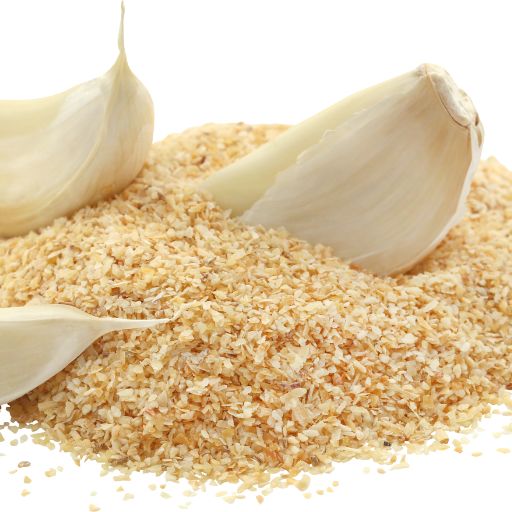
- Origin & History: Native to Central Asia; larger and milder relative of regular garlic.
- Appearance: Off-white powder from dried elephant garlic cloves.
- Taste & Aroma: Mild garlic flavor, slightly sweet.
- Culinary Uses: Seasoning soups, sauces, and roasted vegetables.
- Health Benefits: Supports heart and immune health.
- Fun Fact: Despite its name, it’s more closely related to leeks than true garlic.
5. Ethiopian Koseret (Herbal Spice)
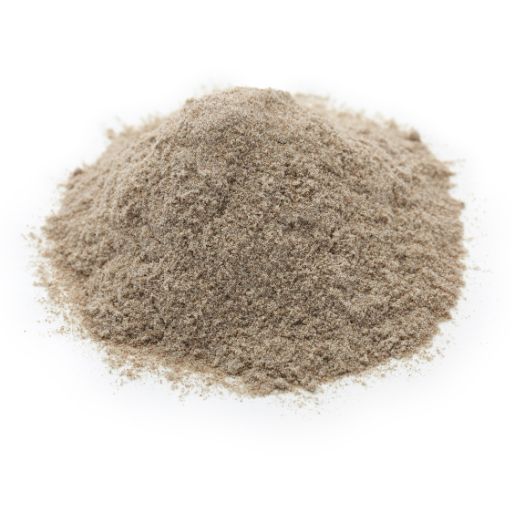
- Origin & History: Native to East Africa; a key seasoning in Ethiopian cooking.
- Appearance: Dried green leaves, often sold in bundles.
- Taste & Aroma: Floral, slightly bitter, minty.
- Culinary Uses: Flavoring stews, butter, and lentil dishes.
- Health Benefits: Traditionally used for digestive health.
- Fun Fact: Ethiopian households often dry koseret on rooftops for use year-round.
6. Edible Gold Leaf (as a luxury “spice”)
- Origin & History: Used in India, Europe, and Japan for centuries in luxury foods.
- Appearance: Thin, delicate sheets of gold.
- Taste & Aroma: Flavorless, purely decorative.
- Culinary Uses: Sprinkled on desserts, chocolates, and drinks.
- Health Benefits: Inert and safe to eat, though not nutritive.
- Fun Fact: In medieval Europe, gold leaf was believed to strengthen the heart.
7. Eucalyptus Powder (Culinary Use)
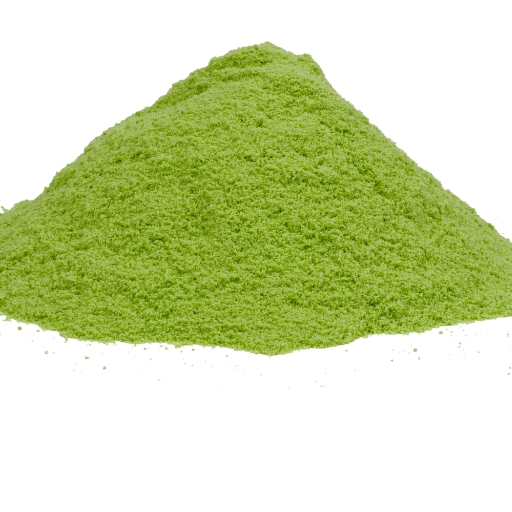
- Origin & History: Native to Australia; Aboriginal communities used eucalyptus for medicine and food flavoring.
- Appearance: Fine greenish powder from dried eucalyptus leaves.
- Taste & Aroma: Strong, menthol-like, camphorous.
- Culinary Uses: Used sparingly in teas, syrups, and candies.
- Health Benefits: Supports respiratory health.
- Fun Fact: Koalas eat eucalyptus almost exclusively—but not all species are safe for humans.
8. Enset (Ethiopian “False Banana”) Spice
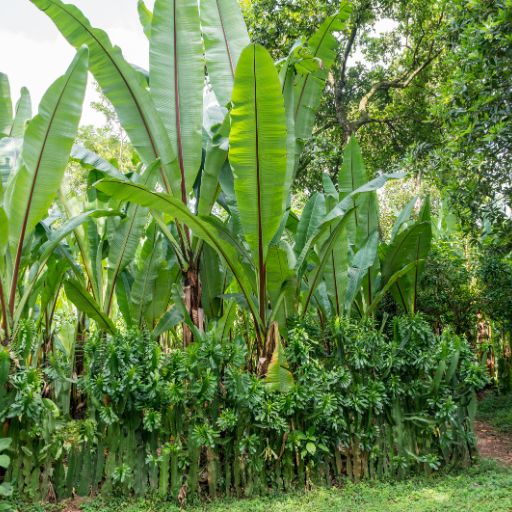
- Origin & History: Grown in Ethiopia for centuries; staple crop in traditional households.
- Appearance: Powder made from the fermented root and stem.
- Taste & Aroma: Mild, starchy, slightly sour.
- Culinary Uses: Used as a flour substitute or thickener in porridge and bread.
- Health Benefits: Provides carbohydrates and dietary fiber.
- Fun Fact: Called the “tree against hunger” in Ethiopia for its food security role.
Seasonings that Start with E
1. Ethiopian Berbere Seasoning
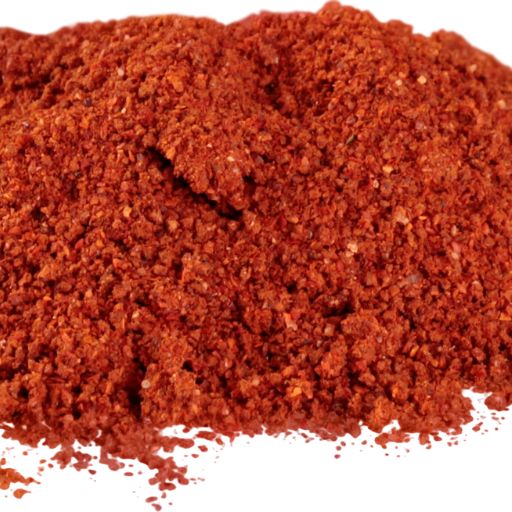
- Origin & History: A fiery, aromatic blend central to Ethiopian cooking.
- Appearance: Deep red-orange powder.
- Taste & Aroma: Spicy, earthy, complex.
- Culinary Uses: Rub for meats, base for stews like doro wat.
- Health Benefits: Rich in antioxidants and warming spices.
- Fun Fact: No two families prepare berbere exactly the same—it’s a generational tradition.
2. Everything Bagel Seasoning
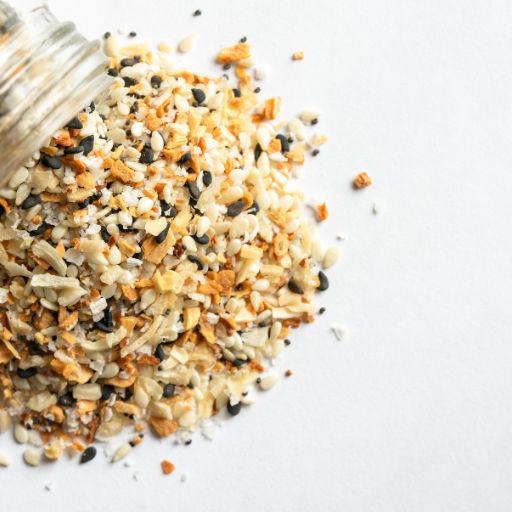
- Origin & History: Created in New York City bagel shops; popularized globally by modern grocery chains.
- Appearance: Chunky mix of sesame seeds, poppy seeds, garlic, onion, and salt.
- Taste & Aroma: Savory, nutty, garlicky.
- Culinary Uses: Topping for bagels, avocado toast, salads, popcorn.
- Health Benefits: Seeds provide healthy fats and protein.
- Fun Fact: Trader Joe’s made it a household favorite under the name Everything But the Bagel.
3. Egyptian Dukkah
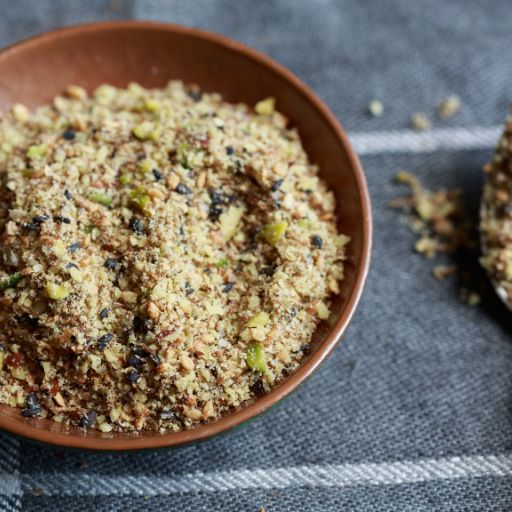
- Origin & History: Traditional Egyptian seasoning of nuts, seeds, and spices.
- Appearance: Coarse, dry blend.
- Taste & Aroma: Nutty, toasty, earthy.
- Culinary Uses: Paired with bread and olive oil, sprinkled on meats and veggies.
- Health Benefits: Full of minerals, fiber, and plant protein.
- Fun Fact: Often sold by street vendors in Egypt in paper cones.
4. Enchilada Seasoning
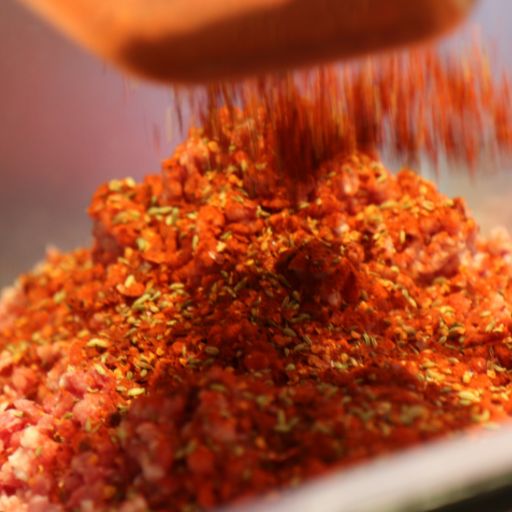
- Origin & History: Rooted in Mexican cuisine as a quick way to flavor enchilada sauces.
- Appearance: Reddish powder blend of chili, cumin, garlic, and oregano.
- Taste & Aroma: Spicy, smoky, herby.
- Culinary Uses: Sauces, marinades, taco fillings, casseroles.
- Health Benefits: Chili and cumin aid digestion and boost metabolism.
- Fun Fact: Some store-bought mixes swap chili peppers for paprika to make them milder.
5. Espresso Seasoning (Coffee Spice Rub)
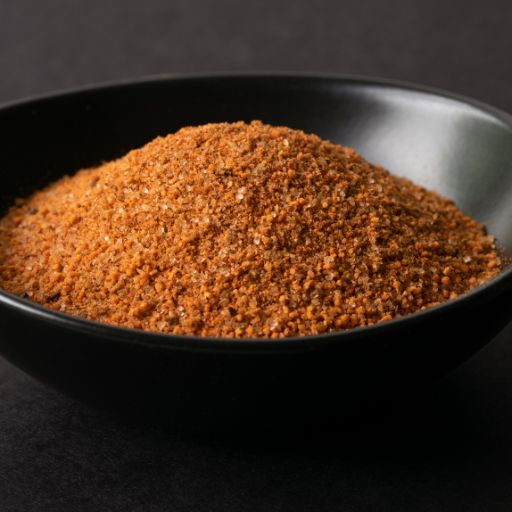
- Origin & History: A modern gourmet blend combining coffee with savory spices.
- Appearance: Dark brown powder blend of espresso, paprika, and garlic.
- Taste & Aroma: Bold, earthy, smoky with a hint of bitterness.
- Culinary Uses: Rub for steaks, ribs, and grilled vegetables.
- Health Benefits: Coffee provides antioxidants.
- Fun Fact: Coffee rubs are popular with barbecue enthusiasts for creating caramelized crusts.
6. Egg Curry Masala
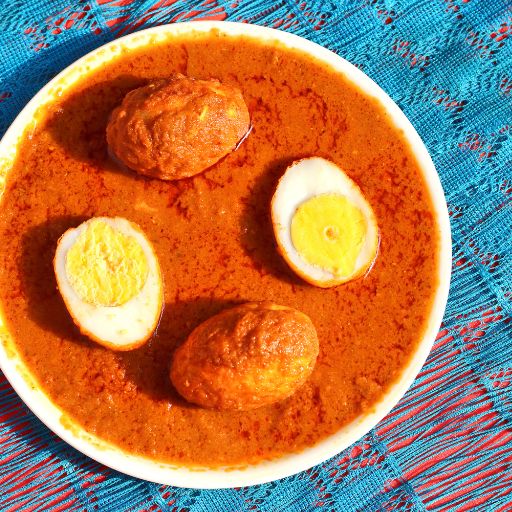
- Origin & History: Found in Indian spice shops; tailored for egg-based dishes.
- Appearance: Golden-brown spice mix.
- Taste & Aroma: Warm, savory, slightly spicy.
- Culinary Uses: Seasoning for egg curries, gravies, and stir-fries.
- Health Benefits: Contains digestion-friendly spices like cumin and turmeric.
- Fun Fact: Some blends even include dried fenugreek leaves for an authentic touch.
Herbs that Start with E
1. Echinacea

- Origin & History: Native to North America; long used by Native American tribes for healing.
- Appearance: Purple coneflower with spiky centers.
- Taste & Aroma: Mildly bitter, earthy.
- Culinary Uses: Mostly herbal teas and tinctures.
- Health Benefits: Supports immune system, helps fight colds.
- Fun Fact: One of the most popular herbal remedies in modern wellness.
2. Elderflower
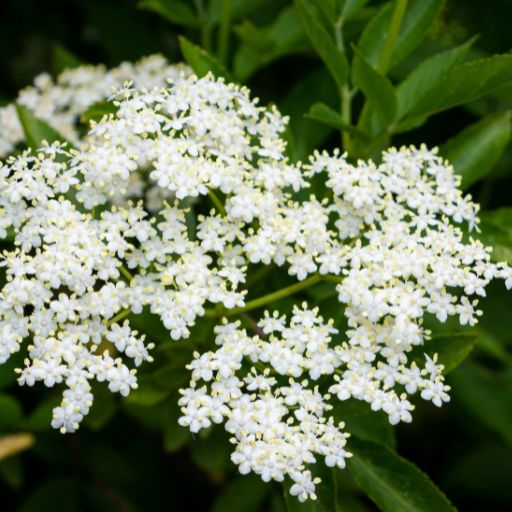
- Origin & History: Found across Europe; used in traditional cordials and remedies.
- Appearance: Clusters of tiny white blossoms.
- Taste & Aroma: Sweet, floral, delicate.
- Culinary Uses: Syrups, cordials, teas, desserts.
- Health Benefits: Supports respiratory health and immune function.
- Fun Fact: Elderflower is a key flavor in the popular liqueur St-Germain.
3. Elderberry (Leaves & Flowers as Herbs)
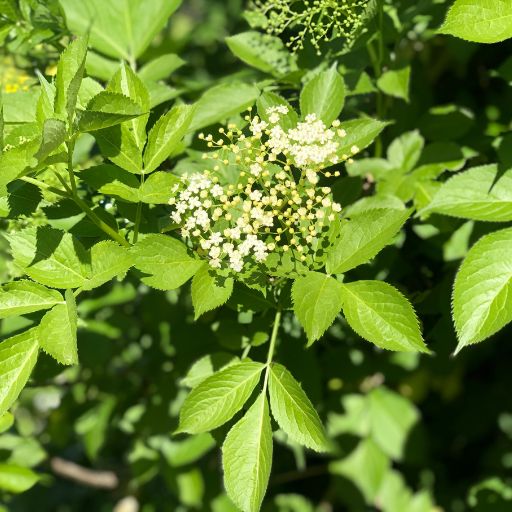
- Origin & History: Used in European folk medicine for centuries.
- Appearance: Shrub with dark purple berries and serrated leaves.
- Taste & Aroma: Slightly tart and earthy.
- Culinary Uses: Herbal teas, syrups, and medicinal infusions.
- Health Benefits: Rich in antioxidants; boosts immunity.
- Fun Fact: Elderberry syrup is a classic natural remedy for flu season.
4. Epazote (Fresh Herb)
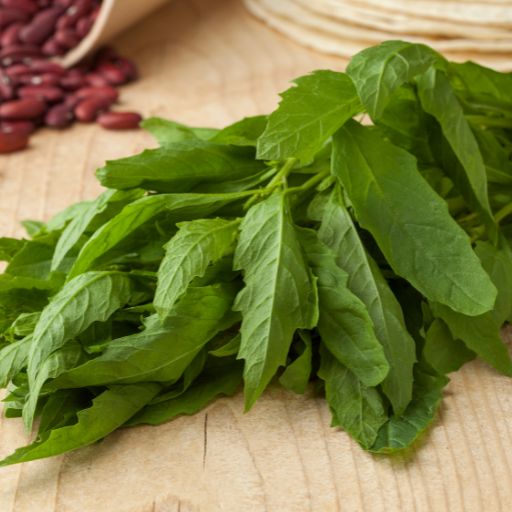
- Origin & History: Native to Mexico and Central America; valued since Aztec times.
- Appearance: Long green leaves with jagged edges.
- Taste & Aroma: Strong, pungent, with a resin-like scent.
- Culinary Uses: Essential in cooking beans, quesadillas, and stews.
- Health Benefits: Helps reduce gas from beans, aids digestion.
- Fun Fact: Traditional Mexican cooks say beans “aren’t complete” without epazote.
5. English Thyme
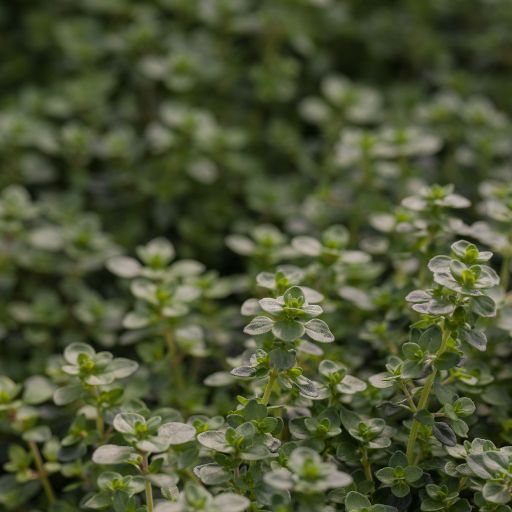
- Origin & History: Native to the Mediterranean, popular in English and French gardens.
- Appearance: Small, woody stems with tiny gray-green leaves.
- Taste & Aroma: Warm, earthy, slightly minty.
- Culinary Uses: Soups, roasts, sauces, and stuffing.
- Health Benefits: Antimicrobial, supports respiratory health.
- Fun Fact: In the Middle Ages, thyme was placed under pillows to aid sleep.
6. English Lavender
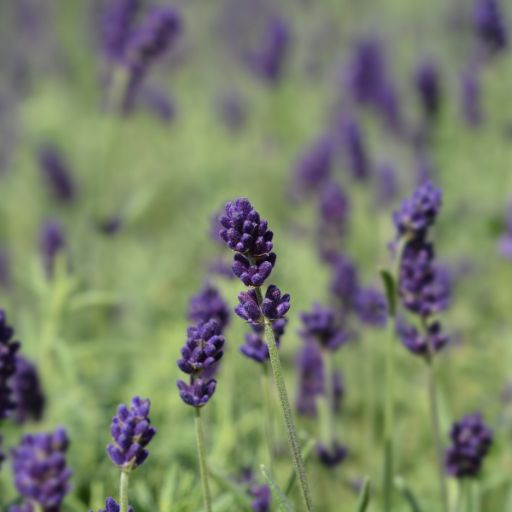
- Origin & History: Native to the Mediterranean, famously grown in English cottage gardens.
- Appearance: Purple flower spikes with gray-green leaves.
- Taste & Aroma: Floral, sweet, calming.
- Culinary Uses: Herbal teas, desserts, and infused syrups.
- Health Benefits: Reduces stress, promotes sleep.
- Fun Fact: Lavender oil was used in ancient Rome for bathing.
7. Evening Primrose
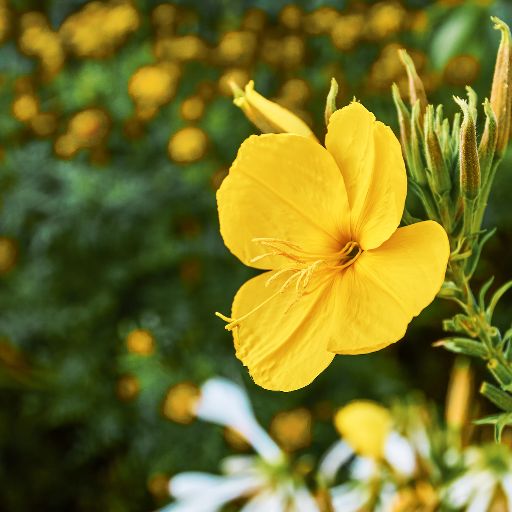
- Origin & History: Native to North America; valued for medicinal properties.
- Appearance: Yellow star-shaped flowers that bloom at night.
- Taste & Aroma: Leaves have a mild, grassy flavor.
- Culinary Uses: Leaves in salads; oil extracted for supplements.
- Health Benefits: Supports women’s hormonal balance and skin health.
- Fun Fact: Called “evening” primrose because its blossoms open after sunset.
8. European Pennyroyal
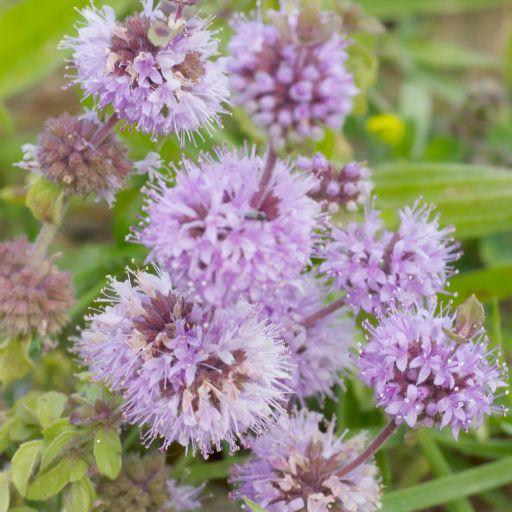
- Origin & History: Native to Europe; historically used as a medicinal herb.
- Appearance: Low-growing plant with small purple flowers.
- Taste & Aroma: Strong, minty.
- Culinary Uses: Rare today, once used in teas and flavorings.
- Health Benefits: Traditionally used for digestive and menstrual issues (but can be toxic if overused).
- Fun Fact: In ancient Rome, pennyroyal was used as a flavoring in wine.
9. Everlasting (Helichrysum)

- Origin & History: Native to the Mediterranean; valued in herbal medicine.
- Appearance: Silvery-green leaves with clusters of yellow “straw” flowers.
- Taste & Aroma: Mild, curry-like scent.
- Culinary Uses: Occasionally used in herbal teas; more common in aromatherapy.
- Health Benefits: Anti-inflammatory, supports skin healing.
- Fun Fact: Known as “immortelle” in France, meaning “everlasting.”
10. Elephant Ear (Taro Leaves, used as an herb/green)

- Origin & History: Cultivated in Asia, Africa, and Pacific Islands.
- Appearance: Huge heart-shaped green leaves.
- Taste & Aroma: Mild, earthy (must be cooked to remove toxins).
- Culinary Uses: Cooked in stews, curries, and soups.
- Health Benefits: Rich in vitamins A and C, dietary fiber.
- Fun Fact: Popular in Hawaiian luau feasts, where leaves wrap savory fillings.
The ingredients that start with E may be fewer, but they bring unique character—earthy, floral, and full of tradition. From Ethiopian blends to English herbs, they add depth both to our food and our stories. Curious about what comes next? Stay with us as we explore the flavorful world of F in our next article.

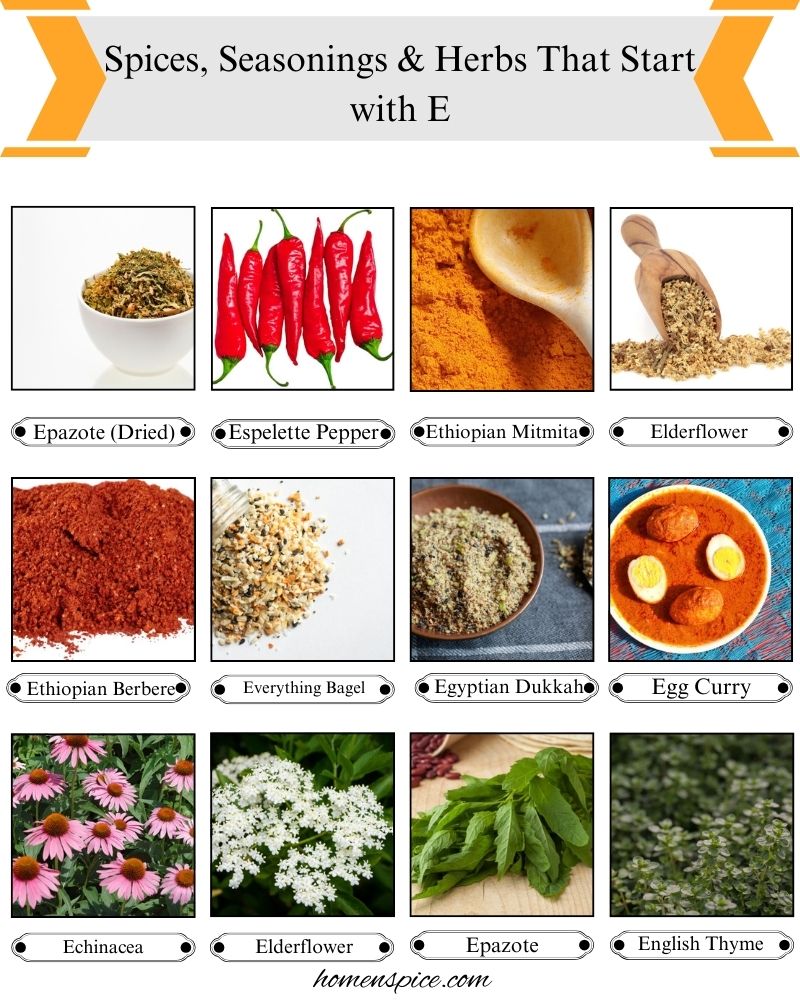
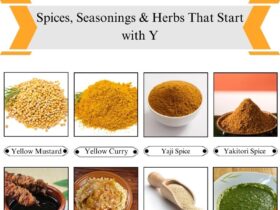
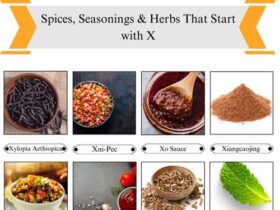
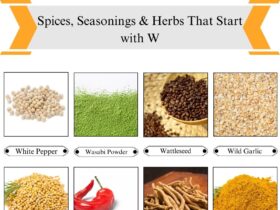
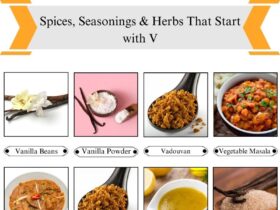
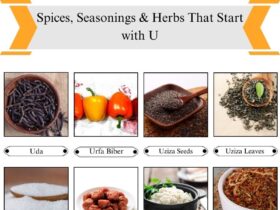
Leave a Reply